The Black Death: The Incredible Story of Henry Johnson
At RECOIL, we review every product fairly and without bias. Making a purchase through one of our links may earn us a small commission, and helps support independent gun reviews. Learn More
Find out more about how we test products.
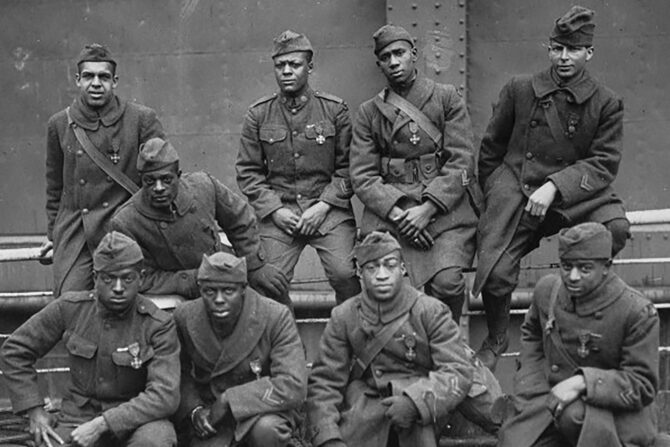
During World War I, Henry Johnson suffered 21 knife and bullet wounds while he engaged at least 15 German soldiers in hand-to-hand combat, killing four and wounding 10 to 20 more.
William Henry Johnson was born July 15, 1892, in Winston Salem, North Carolina. He moved to New York as a teenager, working various jobs as a chauffeur, coal yard laborer, and finally as a Red Cap Porter at the Albany train station.
He enlisted in the all-black 15th New York National Guard Regiment on June 17, 1917. Black units were tasked with menial labor supporting white troops, unloading ships, digging latrines, etc. The unit was later renamed the 369th Infantry Regiment when it shipped to France.
A year later, on orders from General Blackjack Pershing, the unit was lent to the French Fourth Army, which was short on troops. As the French were less concerned about race than the Americans, they welcomed the men known as the Harlem Hellfighters. The 369th would become the first African American unit of the U.S. Army to engage in combat in WWI.
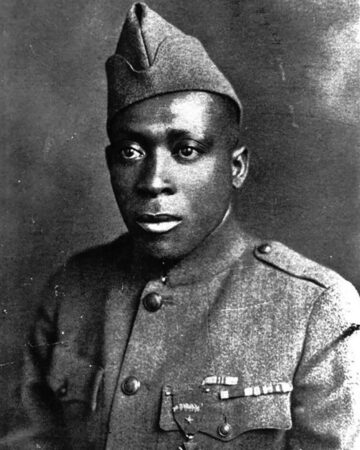
THE ARGONNE FOREST
Now brigaded with the French Fourth Army in frontline combat, the Harlem Hellfighters were ordered to Outpost 20, located on the western edge of the Argonne Forest in France’s Champagne region. Private Johnson and squad mate Needham Roberts were posted to sentry duty.
The pair began their sentry duty at midnight, and it wasn’t long before German snipers attacked. After the shooting started, Johnson and Roberts prepared for an assault on their position and began readying grenades.
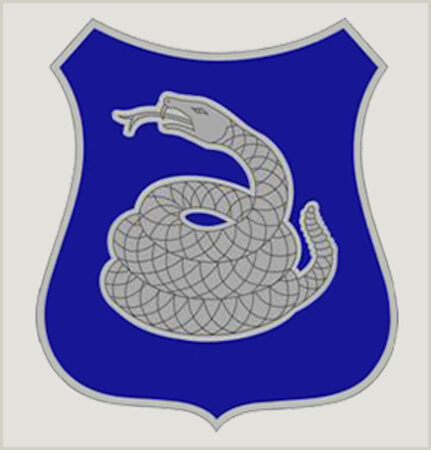
Shortly after 0200 hours, the pair heard the Germans begin work on their barbwire fence with wire cutters. Johnson told Roberts to head back to camp and give the French commander a situation report.
As Roberts began to run back to camp, Johnson tossed a grenade toward the sound of the Germans, who returned the favor with gunfire and potato mashers (grenades).
Roberts heard all hell break loose and turned back to help Johnson but didn’t get far before he was wounded in the hip and arm by a grenade. Unable to help, Johnson positioned Roberts into the trench and handed him grenades.
Johnson began tossing grenades as fast as he could while taking enemy fire. He took rounds to the head but kept shooting. He took rounds to his side but kept shooting. Finally, while reloading his rifle, Johnson loaded it with different caliber ammunition mixed in, and it jammed.
Johnson’s position was overrun, and now he had Germans in his trench. Johnson began to use his rifle as a club until the stock split. He took a blow to the head and went down.
As he started to get up, he saw that the Germans were taking Roberts as a prisoner. Johnson pulled out the only weapon he had left, an M-1909 Bolo knife with its 14-inch blade. Johnson stood up and charged the Germans, slashing away at the enemy.
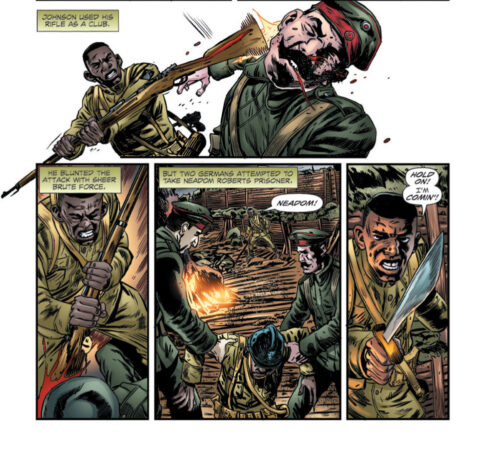
Johnson stabbed one of them in the stomach, another in the ribs, another in the head, and killed a lieutenant before taking a round to his arm.
“Each slash meant something, believe me,” Johnson later said. “I wasn’t doing exercises, let me tell you.”
Johnson was able to drag Roberts away as reinforcements came, and the Germans retreated. Johnson passed out and was taken to the hospital. As the sun rose, the savagery of the fight was evident. Johnson killed four Germans and wounded another 10 to 20 more while suffering 21 wounds. Johnson had prevented the Germans from overrunning the French line.
“There wasn’t anything so fine about it,” he said later. “Just fought for my life. A rabbit would have done that.”
Johnson and Roberts were the first American privates to receive the Croix de Guerre, France’s highest military honor. Johnson’s medal included the Palm de Ore for extraordinary valor.
BACK HOME
After he was discharged, the Army used Johnson’s image to recruit new soldiers and to sell Victory War Stamps. (“Henry Johnson licked a dozen Germans. How many stamps have you licked?”) and former President Theodore Roosevelt called Johnson one of the “five bravest Americans” to serve in WWI.
He later learned that his discharge records made no mention of his battle injuries. Johnson was denied not only the Purple Heart but a disability pension as well. Johnson had nobody to help him correct the problem, so he considered himself lucky to be alive with his 21 bullet and shrapnel wounds.
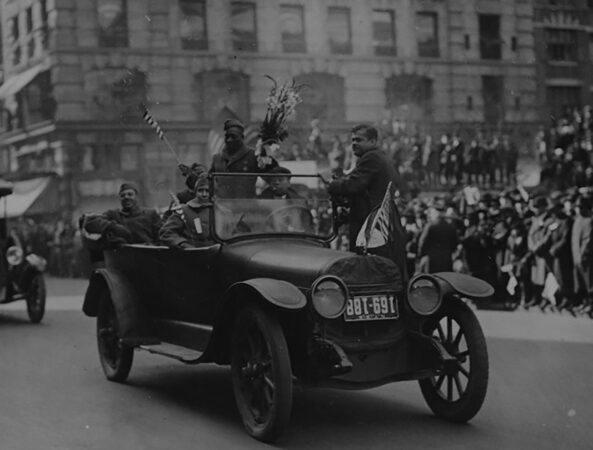
Johnson returned home to his native Albany, New York, and tried to carry on as best he could, resuming his job as a Red Cap porter. But couldn’t overcome his battle injuries. His left foot was held together with a metal plate after being shattered, and he had dozens of shrapnel and bullet wounds.
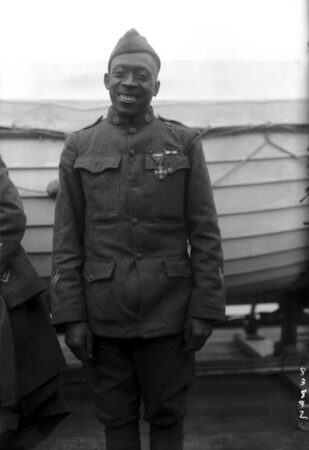
His trouble holding down a job soon led him to the bottle and the downward spiral that goes with it. His wife couldn’t take it anymore and left him, taking their three children.
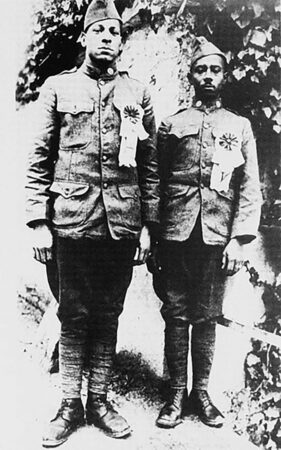
By the mid 1920s, Johnson’s problems were catching up with him, and he continued to decline until his passing in 1929 at age 32, unknown and unloved. It was thought that Johnson was buried in a pauper’s grave in Albany, never to be considered.
HISTORIANS TO THE RESCUE
In 2001, 72 years later, historians from the New York Division of Military and Naval Affairs suspected that Johnson might’ve been buried at Arlington. Microfilm records listed William Henry Johnson buried there. After a request for paper records, they discovered the error. Henry Johnson was buried at Arlington.
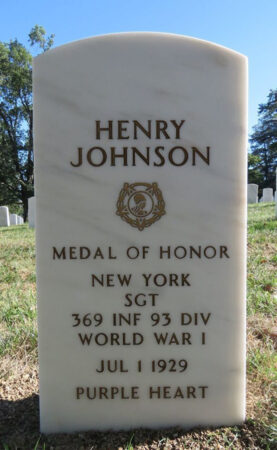

Later, an endorsement from Gen. John J. Pershing himself, written shortly after Johnson’s heroics in the Argonne, was discovered by an aide to New York Senator Charles Schumer. In 1996, Johnson was posthumously awarded the Purple Heart by President Bill Clinton. Following the discovery of the paperwork, Johnson was awarded the Distinguished Service Cross in 2002.
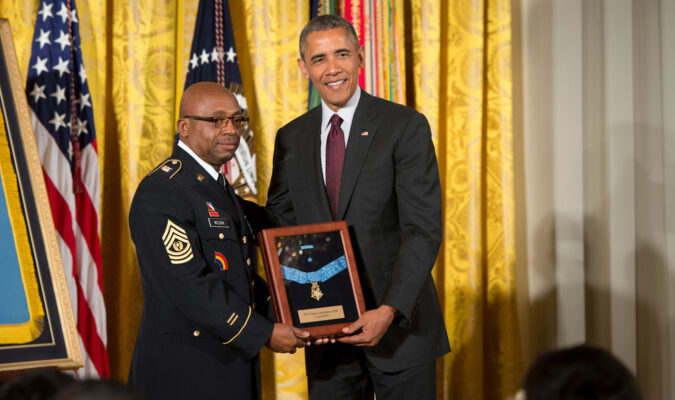
In 2015, President Obama awarded Johnson the Medal of Honor in the presence of his son Herman Johnson, who followed in his father’s footsteps and served in segregation with the Tuskegee Airmen. Now, 94 years after his death, Louisiana’s largest military installation took on a new name that honors the Black Medal of Honor recipient rather than a Confederate general.
Fort Polk, founded and named Camp Polk in the early 1940s after Confederate Lieutenant-General Leonidas Polk, is now officially Fort Johnson.

The complete story of Johnson took almost a century to be told. Fortunately, Johnson’s story was revealed, and he received long-overdue recognition for his heroism.
Why you can trust RECOIL
Since our founding in 2012, RECOIL remains the premier firearms lifestyle publication for the modern shooting enthusiast. We deliver cutting-edge coverage of guns, gear, accessories and technology. We go beyond basic reviews, providing no B.S. buyer’s guides, hands-on testing and expert analysis on everything from firearms and survival equipment to watches and vehicles.
Our reviewers are the backbone of our operation and come from diverse shooting backgrounds: Former law enforcement, military veterans, competitive shooters, seasoned hunters and plain old firearms enthusiasts. Furthermore, we’re not just gun experts, but dedicated journalists who adhere to the strictest standards of our profession.
At RECOIL, editorial independence is the foundation of everything we publish and the cornerstone of reader trust. Our editors, writers and content creators make all editorial decisions independently, free from outside influence. That boils down to: advertisers don’t dictate our coverage, the outcomes of our reviews or what we recommend in our buyer’s guides. First and always, our commitment is to our audience—ensuring every review and article is accurate, unbiased, and driven by real-world experience.
Whether you’re selecting your next firearm, upgrading your gear, or exploring the latest innovations in the shooting world, RECOIL provides the trusted insights you need to make informed decisions. Learn more about our Editorial Standards and how we review products.

NEXT STEP: Download Your Free Target Pack from RECOIL
For years, RECOIL magazine has treated its readers to a full-size (sometimes full color!) shooting target tucked into each big issue. Now we've compiled over 50 of our most popular targets into this one digital PDF download. From handgun drills to AR-15 practice, these 50+ targets have you covered. Print off as many as you like (ammo not included).Get your pack of 50 Print-at-Home targets when you subscribe to the RECOIL email newsletter. We'll send you weekly updates on guns, gear, industry news, and special offers from leading manufacturers - your guide to the firearms lifestyle.
You want this. Trust Us.
1 Comment
Add a comment
View Comments
-
Thank you for sharing this piece of history that would have gone completely unnoticed as the true story did for almost 100 years. There is a lot of real history that has yet to be told that I hope organizations will publish as Recoil has with this much needed piece of informative history.


Thank you for sharing this piece of history that would have gone completely unnoticed as the true story did for almost 100 years. There is a lot of real history that has yet to be told that I hope organizations will publish as Recoil has with this much needed piece of informative history.